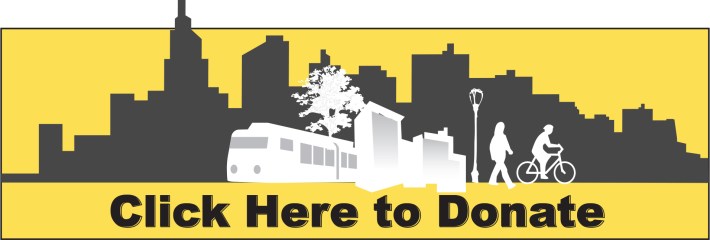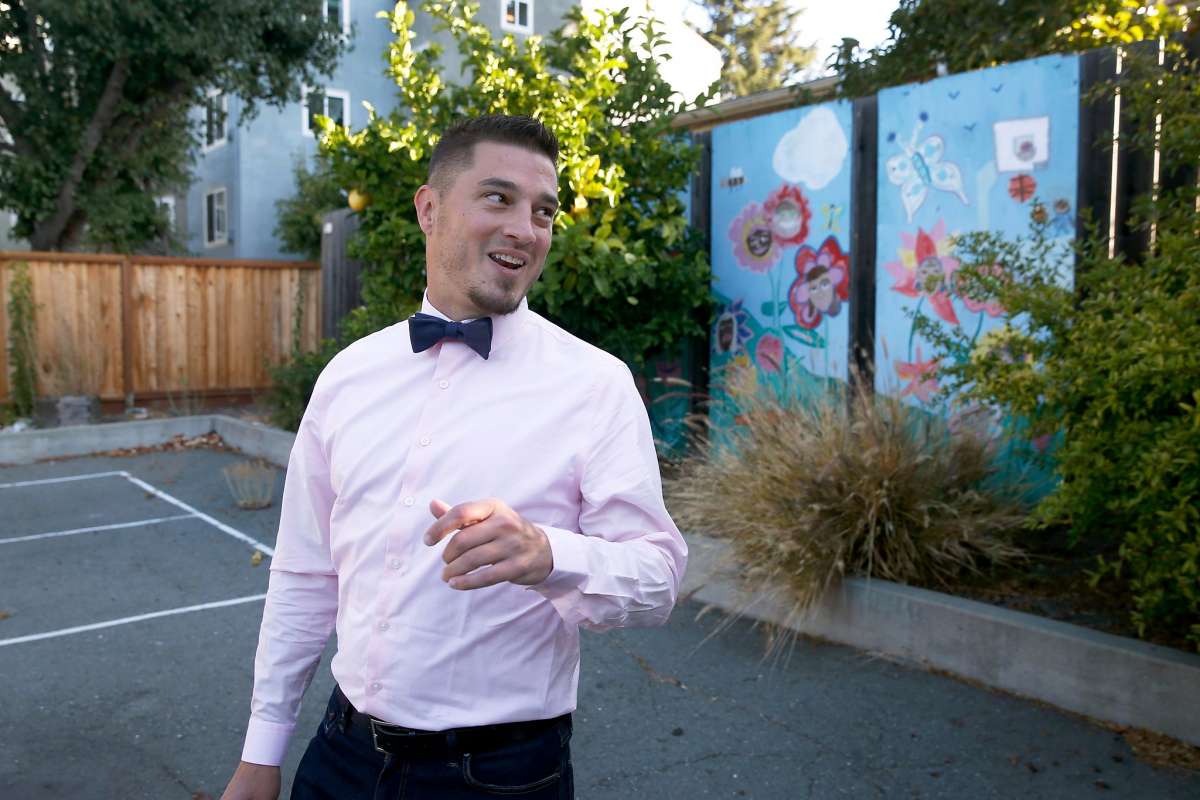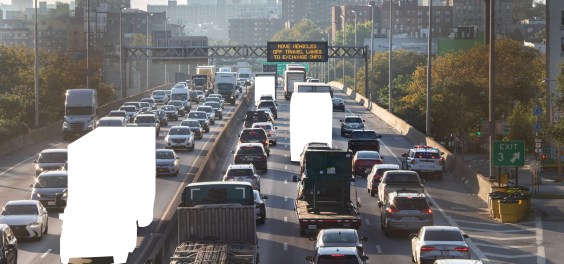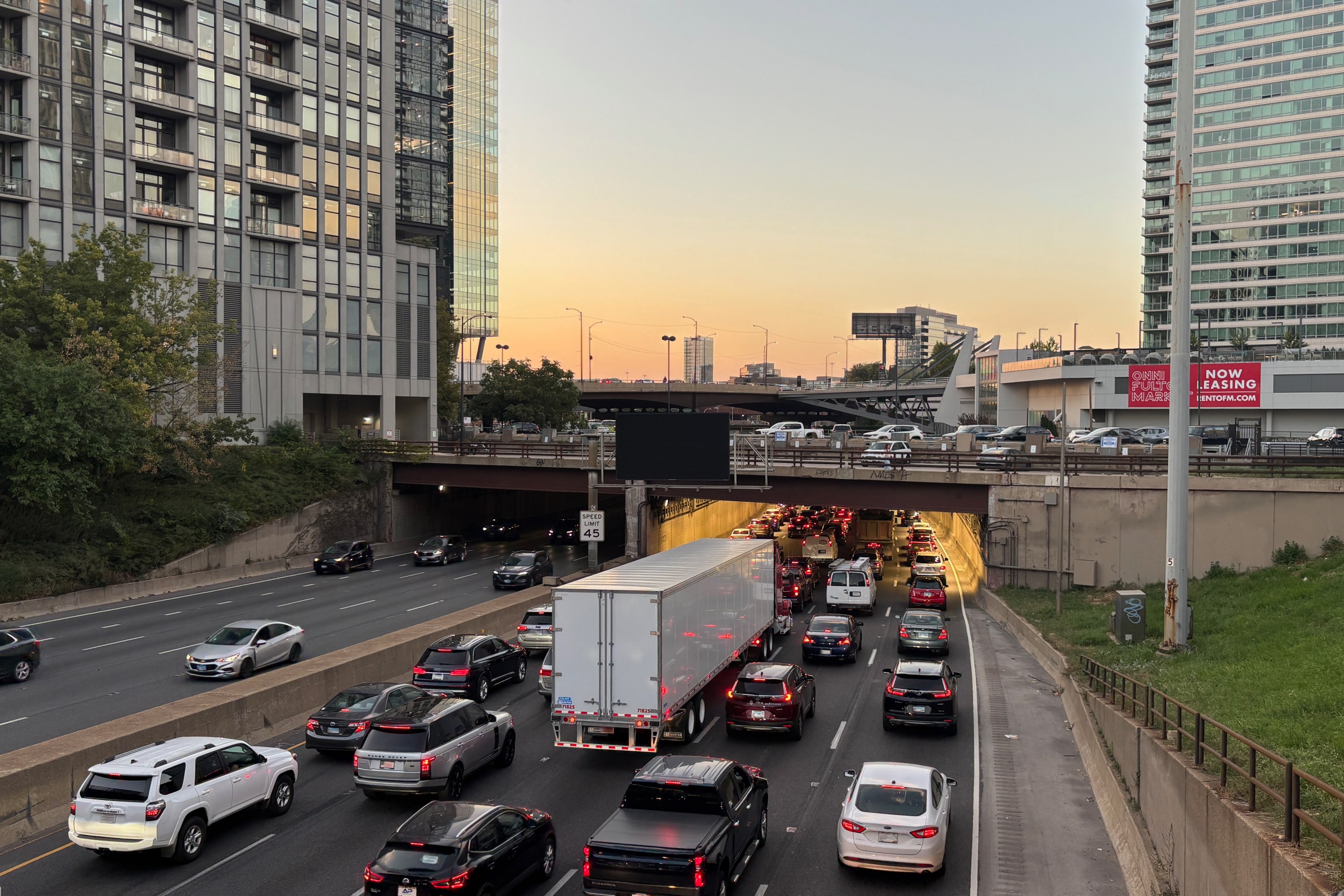
On a spring day not long ago, John Bauters was waiting for a bus in the Bay Area city of Emeryville, Calif. — where he is mayor — when he noticed that a passenger at the stop across the street had nowhere to sit. The man, who was older and used a cane, was forced to lean against a trash can for support, and he looked like he was struggling.
"[And I thought], if there's one more senior who can choose to stay independent in my city because we provided a bus seat to them — because in the absence of that, they don't have mobility choices — I'm going to put a bus seat there," Bauters said. "As unsexy as that may seem to some folks, that matters to me."
I am embarrassed that this man is leaning on a city trash can to support himself while he waits for the bus. I see you, friend. Working on it. pic.twitter.com/fPw3nFtF5Z
— John J. Bauters (@JohnBauters) March 12, 2022
Bauters eventually made good on his vow to give his fellow bus riders a place to sit — something he was uniquely well-positioned to do. In just seven months, he and his staff installed a quick-build bench called a "simmeseat" at every stop in town that didn't already have one, and sparked a conversation online about why other local leaders haven't done the same.
"It's one of those things that doesn't need to be studied," Bauters added. "You don't need to study whether or not people need to sit — especially people who are older, people have mobility issues, people with children, people who've walked a long the way, or who are carrying things."
We said we would quick build and install seats at every bus stop in our city before the end of the year. And then we did it. I am grateful to the @EmeryvilleCA Public Works Department and staff. I am so proud to serve this community. https://t.co/wxlnnWoAdd pic.twitter.com/o3Yenex8VU
— John J. Bauters (@JohnBauters) November 30, 2022
Given that his city has a population of just 13,000 and only 50 seatless stops to tackle, Bauters acknowledges that his project may not seem like a big deal to everyone — and they’d first have to realize what a big deal an inadequate seating can be to a weary passenger. Studies have shown that the presence of benches and other transit amenities (read: basics) like shelters and nearby trees can encourage ridership and even decrease perceived wait time.
Nonetheless, many communities struggle to provide riders places to rest. In Los Angeles, roughly half of all stops are currently benchless, while in nearby San Francisco, nearly two-thirds are; other large agencies don't even make stop amenity data available.

Bauters believes, though, that his efforts in Emeryville are scalable to larger places — and he emphasizes that even his small city was not immune to the challenges of tight budgets and narrow rights-of-way where private property lines sometimes encroach on scarce bus stop space. Even as they continue to work towards more comprehensively redesigning stops in the long term, he says city staff didn't hesitate to commit to an affordable, doable solution that would meet riders' baseline needs now, rather than forcing them to wait for a spendy permanent fix.
"A lot of things that politicians put forward for their community as improvements are often [presented] as these grand plans, these visionary things," he said. "But some of the most important and best things that we can do to improve livability and transportation choices in our city often go unnoticed by the vast majority of people, but they're greatly and deeply appreciated by the people who are in need. ... It’s about leadership. It’s about setting priorities, prioritizing your resources, including your human resources, and not looking at it as, 'We can only operate in way we’ve always operated.' … I do think it's scalable and translatable."
He also stresses that great projects don't have to come from the top down.
"You don't have to be a mayor," Bauters added. "You can be the council person; you can be the planning commissioner; you can be on your local parks and rec committee, for that matter. It's about how you choose to do the job."
Perhaps what's most remarkable about Bauters's bus stop blitz, though, is that it's only one small piece of a much larger push to make life better in the Emeryville region – and not just on its roads. Though he's gaining a national reputation as a bus stop improver and "America's bike mayor" for his ambitious transportation plans, he says he ran on a more holistic platform of "livability, accessibility, sustainability and equitability." He just happens to find many of the most promising opportunities to push that mission forward when he's out doing everyday things in his community, like waiting for the bus — something he says other elected officials could stand to do more.
"It's not like I’m on a scavenger hunt to find these [problems]," he said. "But when you are out every day, you talk to people. You can't have the kind of conversations I have when you're in a car."






